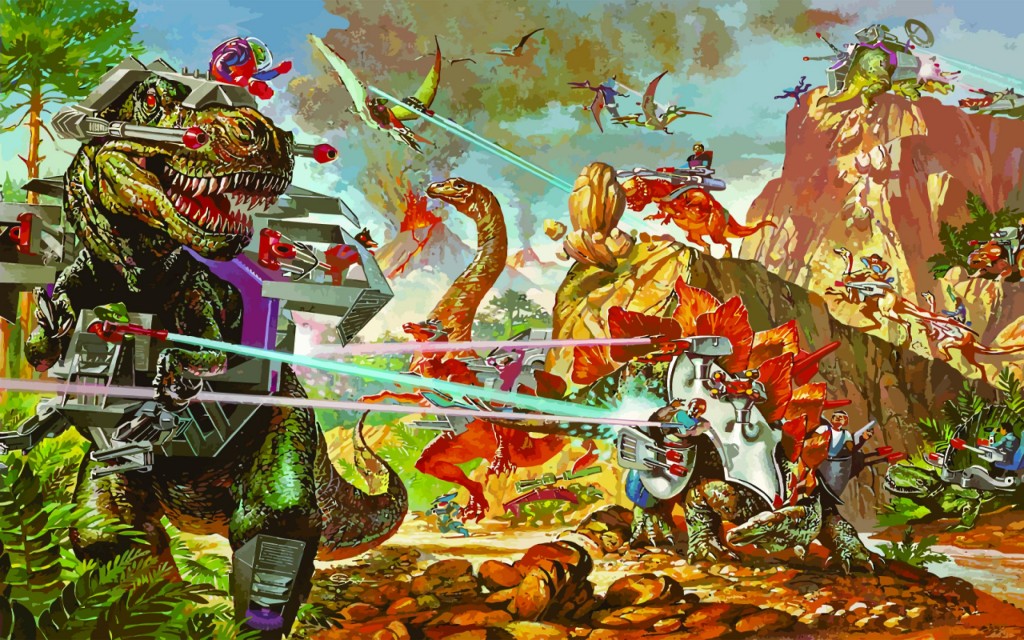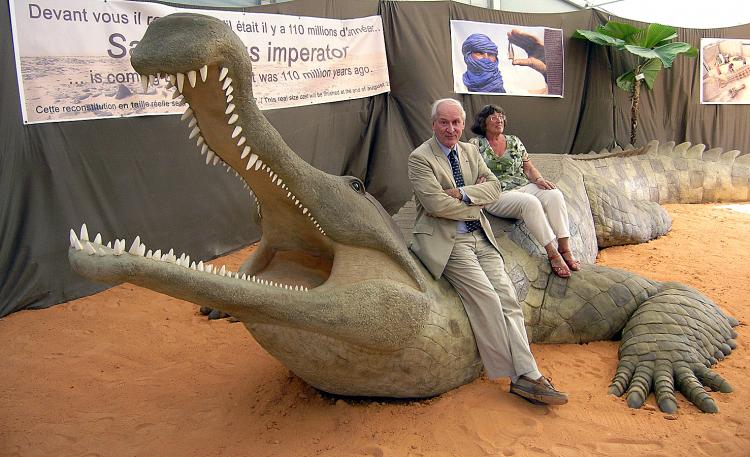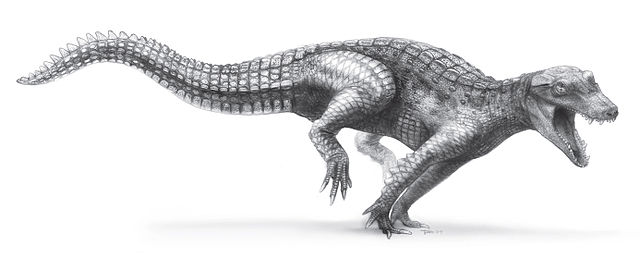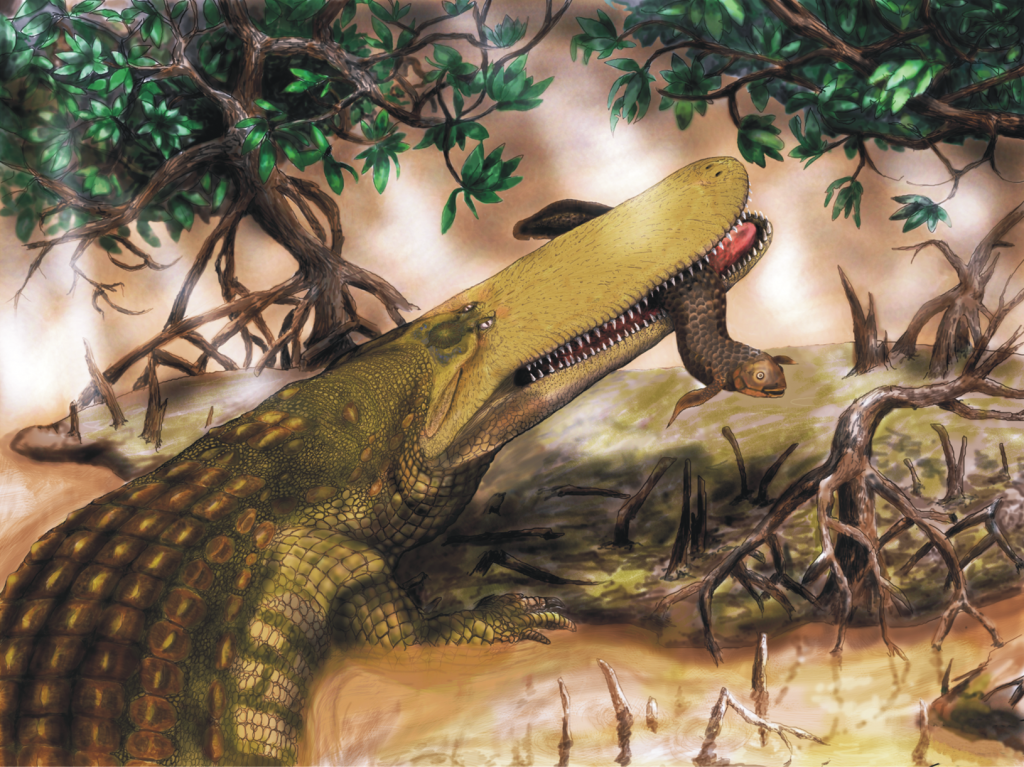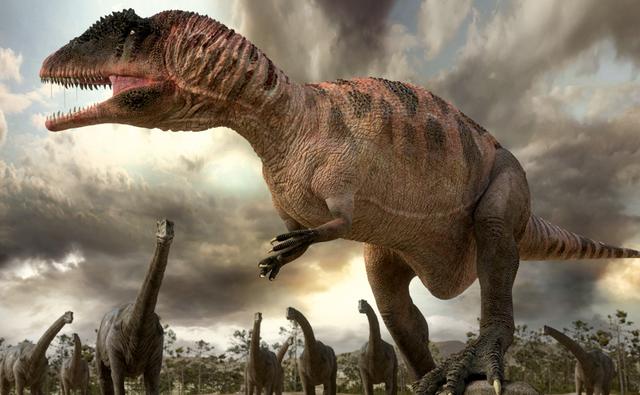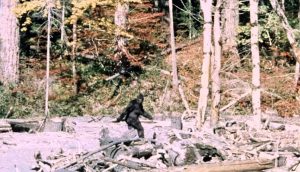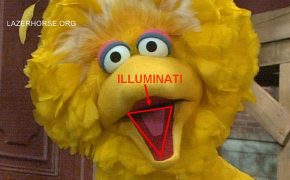Morocco’s Kem Kem Beds: The Carnivore’s Lair
The Kem Kem Beds lie in the dusty, bone dry borders of South-East Morocco and Western Algeria. This region, now notable for its lack of life and moisture, was once a bustling riverine ecology filled with, I would imagine, sights, sounds and aromas that would baffle our modern senses.
The dusty red Cretaceous rocks of the Kem Kem Beds are a rich source of fossilized megafauna. What makes the finds in this area particularly impressive are the high numbers of carnivores. At first glance the Kem Kem Beds appear to have been chocked full of huge meat eaters; a living hell for any prey item that accidentally drifted into its flow.
Rampaging Spinosaurs and marauding Deltadromeus lay tooth by jowl in the arid deserts. Forgivably, the high density of dangerous dino finds in one single area caused people to conclude that this was a paleontological fight club. The reality isn’t quite as movie-worthy.
The fossil record is, by all accounts, imperfect. Not every single living thing fossilises, which is lucky really otherwise the earth would be drowning in trilobite shaped rocks. Also, just because two fossilised skeletons are found together doesn’t mean they died together, or even in the same epoch. This is called time-averaging.
Added to this time-averaging, the majority of fossils we have collected from the Kem Kem Beds have been found by non-professional local fossil-hunters for profit. As you can imagine, a sturdy tooth from a predator is going to fetch more money when sold to the local rock shop than a nondescript shard of horse thigh. A fat carnivorous fang is also more likely to stand the test of time and be noticed by a novice poking out of the soil.
The Kem Kem Beds are in an inhospitable locale and in a relatively unstable socioeconomic area, so proper, thorough paleontological digs have been few and far between.
So this so-called “river of monsters” may not have been as brutal as first imagined, but what we do know is that a whole host of prehistoric killers did end up in Kem Kem’s dusty graves. Here’s a list of some of those found to date…
Aegisuchus: A. witmeri
Aegisuchus is only known from a partial skull, but what a skull it is; this sizable crocodilian had the largest braincase on record. The skull alone was probably over 2.5 metres in length. Extrapolating from the skull Aegisuchus may have been anything from 15 to 22 metres nose to tail.
Araripesuchus: A. rattoides
These 6 ft long crocodyliforms were around in the Mesozoic era some 125 to 66 million years ago. The Araripesuchus genus is split into six separate species which have been found in South America, Madagascar and North Africa.
Laganosuchus: L. maghrebensisis
Laganosuchus were upper Cretaceous crocodilians’ whose name derives from the latin for “pancake crocodile” in reference to its shallow skull. Not to be frigged with at up to 6 metres in length. It was probably an ambush fish hunter.
Carcharodontosaurus: C. saharicus
These carnivorous carcharodontosaurid dinosaurs existed between 100 and 93 million years ago in the mid-Cretaceous period. Measuring 12-13 m (39-43 ft) and weighing an estimated 6-15 metric tons these are some of the heaviest carnivores ever found on earth. Their 8 inch long serrated teeth would have made mincemeat out of anything they fancied snacking on.

